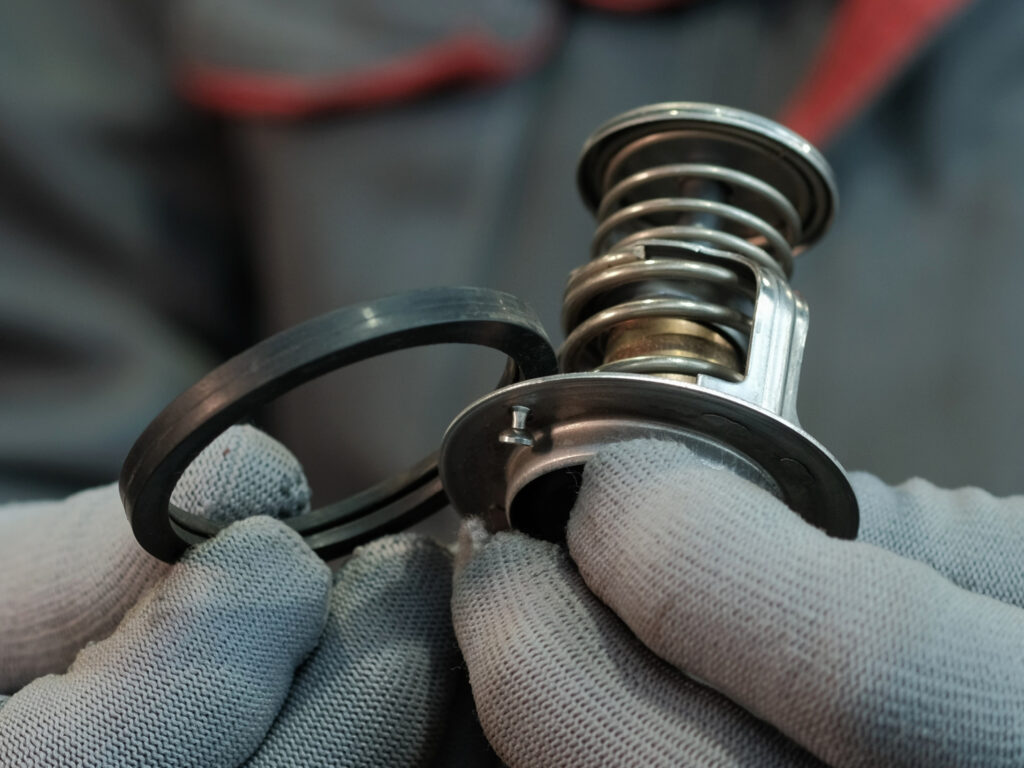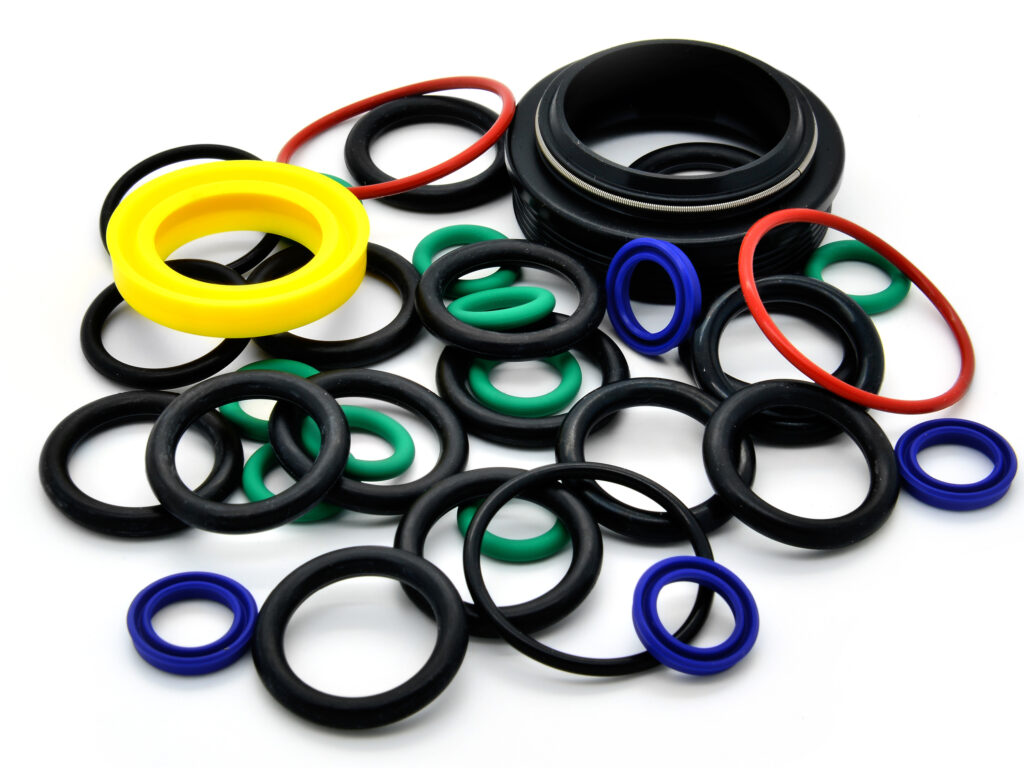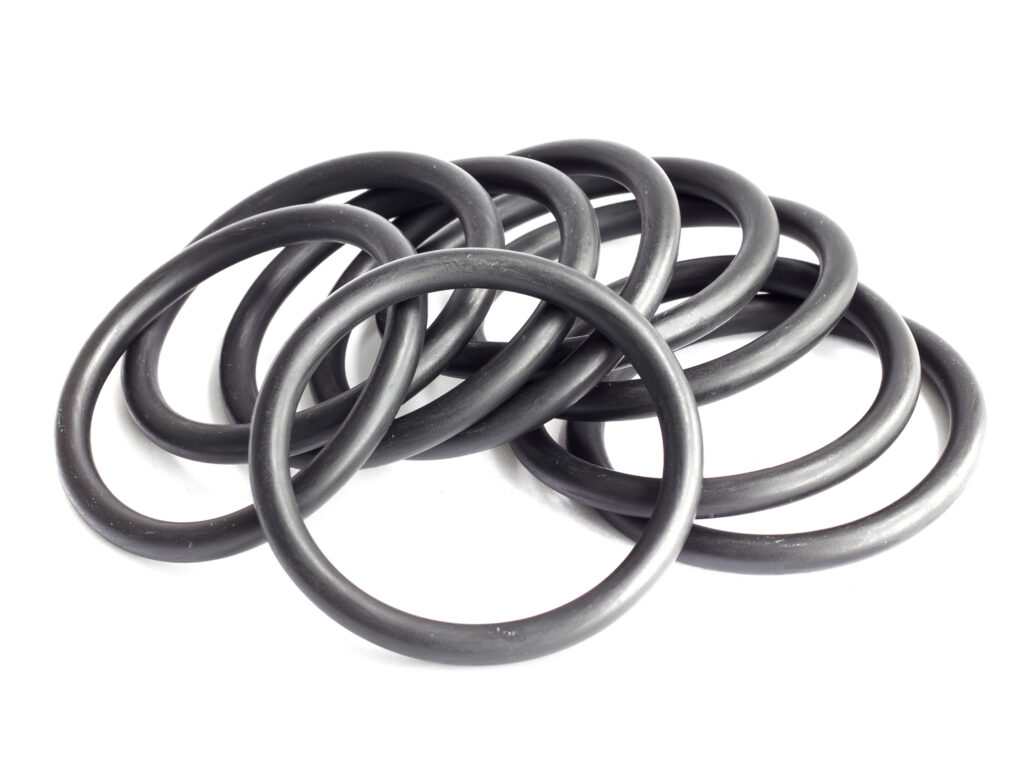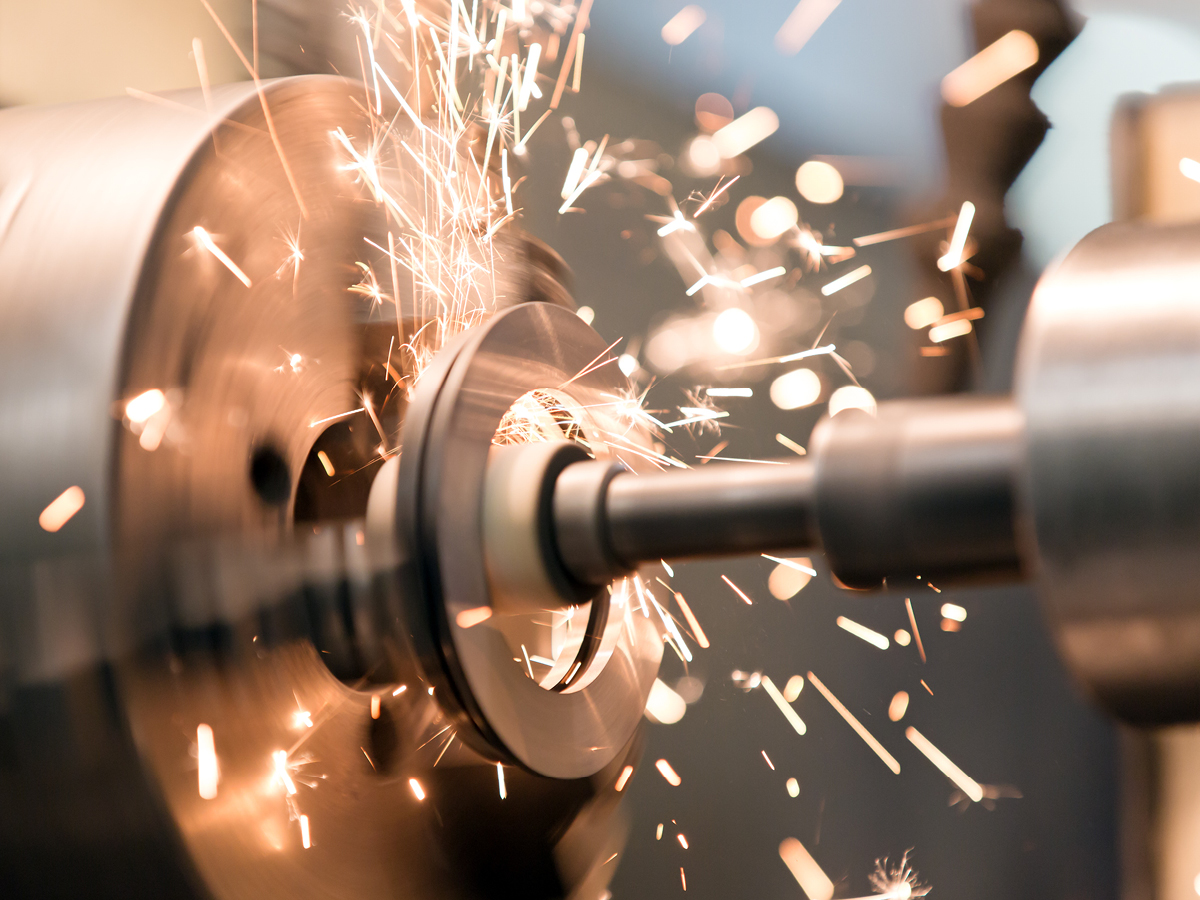Why High-Temperature Matters When Choosing a Seal Material
We often say, “Extreme temperatures are tough on seals,” but why does temperature so dramatically impact seal integrity? Some key physical factors influence how temperature interacts with the seal material. These interactions can ultimately lead to seal breakdown and failure and, of course, a large, expensive, and dangerous mess for you.
Thermal Expansion and Contraction
Seals often experience temperature fluctuation, which causes the material to expand and contract. While this might seem minor, it can lead to significant issues. As a seal expands, it can become too tight for its housing, risking excessive wear or material damage. When it contracts, it may leave gaps that allow leaks. Repeated thermal cycling (the process of heating and cooling) places seals under constant stress, and materials that can’t adapt may crack, deform, or lose their sealing ability over time.
Material Degradation
High temperatures can accelerate the chemical and physical degradation of seal materials. Elastomers, for example, rely on a cross-linked molecular structure to maintain their elasticity and strength. These molecular bonds can break down at elevated temperatures, leading to hardening, cracking, or even complete seal failure. This degradation happens even faster in dynamic applications, such as pumps or valves that are continually in motion. Choosing a thermally stable material can mitigate these risks and prolong the life of your sealing solution.
Compression Set
Compression set is one of the most critical factors to consider in high-temperature sealing. But what is it, exactly? Compression set refers to a material’s inability to return to its original shape after being compressed for an extended period. In high-temperature applications, seals are exposed to continuous heat and pressure, making them more likely to deform permanently.
Once a seal has taken a compression set under these conditions, it cannot return to its original shape. In turn, it loses its ability to maintain proper contact with the sealing surface. This can result in leaks, equipment damage, or safety hazards. Applications with sustained heat or thermal cycling are prone to compression set-related failures. For example, a material with a low compression set is essential in semiconductor manufacturing or petrochemical processes, where seals endure high temperatures and aggressive chemicals.

What Makes a Good High-Temperature Seal Material?
Not all seal materials are built to handle extreme heat. High-temperature applications demand materials that can withstand harsh conditions while maintaining their integrity and performance. A few characteristics make a seal suitable for high-temperature environments.
Thermal Stability
Many materials lose strength, flexibility, or both at high temperatures, leading to premature failure. A good high-temperature seal material should maintain its mechanical properties, such as tensile strength and elasticity, even under prolonged heat exposure. Thermal stability ensures the seal remains effective, protecting equipment from leaks and preventing costly downtime.
For example, perfluoroelastomers (FFKMs) are specifically engineered to operate at temperatures up to 335°C (635°F) without degrading. Their ability to retain elasticity under such extreme conditions makes them a top choice for industries like aerospace and semiconductor manufacturing.
Low Compression Set
A high-quality, high-temperature seal material should exhibit a low compression set. A low compression set means it resists permanent deformation after prolonged compression and heat exposure. Compression set is a critical indicator of how well a material can maintain its shape and sealing force over time. In applications with sustained pressure or thermal cycling, a low compression set ensures the seal remains tight and effective, preventing leaks.
For example, FFKMs like Markez® Z2000 or Z1400 boast exceptional compression set performance, even after extended periods at high temperatures. This property not only extends the life of the seal but also reduces the need for frequent replacements, saving both time and money.
Resistance to Cross-Link Breakage
Elastomeric materials owe their flexibility and strength to a cross-linked molecular structure. These cross-links act like molecular springs, allowing the material to stretch and recover. However, these cross-links can break down at high temperatures, leading to a loss of elasticity, hardening, or even cracking.
High-performance materials, such as FFKMs, are designed to resist cross-link breakage. Thus, they maintain their flexibility and sealing ability under extreme heat. This durability is critical in dynamic applications where seals are subjected to continuous motion, pressure, and temperature fluctuations.

Best Materials for High-Temperature Seals
Polytetrafluoroethylene (PTFE)
- Pros: We often recommend PTFE for high-temperature applications. It offers excellent thermal resistance and chemical compatibility, which makes it applicable across various industries. Additionally, PTFE’s low friction makes it an excellent choice for sliding or rotating components.
- Cons: Despite its advantages, PTFE has limited elasticity and is prone to cracking under pressure or flexing, which restricts its use in dynamic applications. It’s better suited for static sealing where movement isn’t a concern.
- Ideal Applications: PTFE excels in applications like chemical processing equipment, where both chemical resistance and high temperature tolerance matter. We often find it in static seals for valves, gaskets, and flanges exposed to extreme heat and corrosive media.
Fluoroelastomer (FKM)
- Pros: FKM balances chemical resistance and moderate heat resistance, with a typical operating range of 200-232°C (392-450°F). It’s durable, versatile, and widely used in industries like automotive and aerospace. We typically see it in applications requiring good resistance to oils, fuels, and other chemicals.
- Cons: FKM struggles to maintain elasticity at temperatures exceeding its limit, making it less suitable for applications requiring extreme heat resistance. Additionally, compression set can be a concern in high-temperature cycling, leading to potential seal failure over time.
- Ideal Applications: FKM is ideal for fuel systems, hydraulic systems, and industrial machinery where temperatures stay within its tolerances, and there’s a need for resistance to oils and chemicals.
Silicone (VMQ)
- Pros: Silicone is well-regarded for its thermal stability up to 260°C (500°F). It remains flexible at low temperatures, making it an excellent choice for applications operating at high and low temperatures. It’s also cost-effective and widely used in food, medical, and automotive industries.
- Cons: Silicone has limited chemical resistance compared to other materials like FKM and FFKM, making it unsuitable for environments with aggressive substances. Its mechanical strength is also lower, which can be a drawback in high-pressure scenarios.
- Ideal Applications: Silicone works well in food and medical equipment, automotive seals, and low-pressure environments where extreme chemical exposure isn’t a factor.
Perfluoroelastomer (FFKM)
- Pros: FFKM is the ultimate high-performance sealing material, withstanding temperatures up to 325-335°C (617-635°F) while offering nearly universal chemical compatibility. Its extremely low compression set ensures long-term reliability in both static and dynamic applications. FFKM is highly resistant to aggressive chemicals like acids, solvents, and reactive gases.
- Cons: FFKM’s premium performance comes at a higher cost.
- Ideal Applications: FFKM outperforms other materials in semiconductor manufacturing, petrochemical equipment, and aerospace systems. Where seals must endure extreme temperatures, aggressive chemicals, and continuous operation, FFKM is the choice. Its resilience makes it a superior choice for critical applications prioritizing reliability and longevity.

Why FFKM Stands Out
FFKMs provide a unique combination of properties that set them apart from other materials like FKM (fluoroelastomer) and PTFE (Teflon):
- Thermal Stability: While FKM can handle moderate heat (up to 200-232°C (392-450°F)), it begins to degrade in more extreme conditions. PTFE offers better heat resistance, but its rigidity limits its use in dynamic sealing applications. FFKM, on the other hand, can withstand temperatures as high as 335°C (635°F) while retaining elasticity and mechanical strength.
- Chemical Compatibility: FFKMs offer nearly universal chemical resistance. In applications involving aggressive chemicals like solvents, acids, and ketones, FFKM easily outperforms FKM, VMQ, and PTFE.
- Compression Set Resistance: Unlike FKM and PTFE, FFKMs excel in dynamic applications where maintaining a tight seal under heat and pressure is essential. They exhibit a low compression set, meaning they can retain their shape and function for extended periods even under thermal cycling.
This combination makes FFKM the material of choice for critical applications where reliability is non-negotiable.
Among the leading FFKM compounds, Markez® Z2000 is a groundbreaking innovation in high-temperature sealing.
Thermal Resilience
With a maximum operating temperature of 335°C (635°F), the Z2000 is one of the most thermally resilient FFKM materials available. Even in environments where competitors fail due to polymeric fusion or degradation, the Z2000 maintains its integrity, offering unmatched long-term reliability.
Low Compression Set
One of Z2000’s most notable features is its exceptionally low compression set, which far surpasses competing high-temperature materials. Testing results show that after 1,008 hours at 300°C, Z2000 retains its shape and sealing properties with less than half the compression set of leading alternatives. This ensures dependable sealing performance over time, even in the harshest applications.
Broad Chemical Compatibility
Z2000 is compatible with a wide range of chemicals, including ketones, solvents, and amines (below 100°F). Its versatility makes it a trusted choice in industries like semiconductor manufacturing, petrochemical processing, and paint/ink handling, where resistance to aggressive chemicals is critical.

Z2000 Makes a Difference for High-Temperature Seals
When we say, “Extreme temperatures are tough on seals,” we mean it, but we also have an answer. Z2000 is the difference between an expensive, dangerous seal failure and an optimal seal. Curious if it is right for you?
